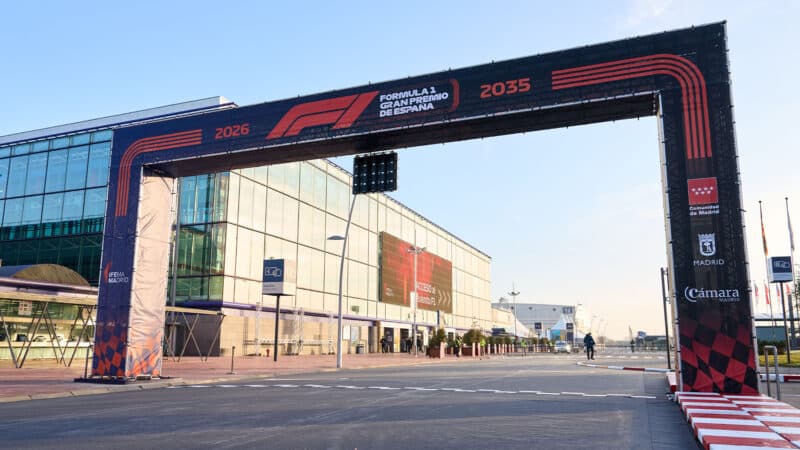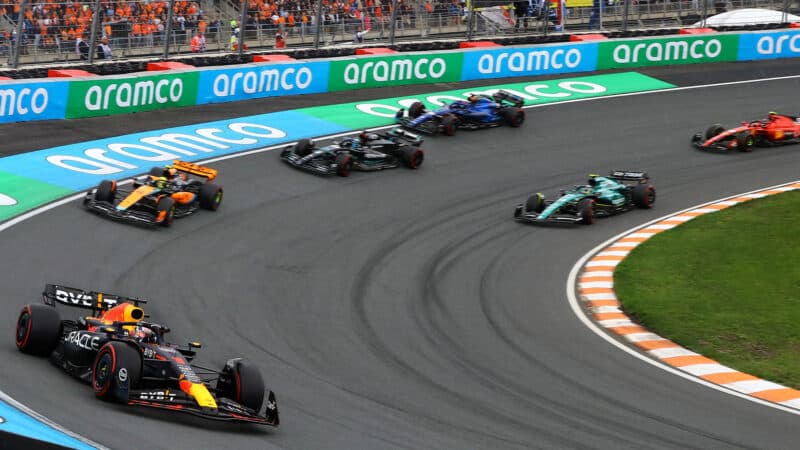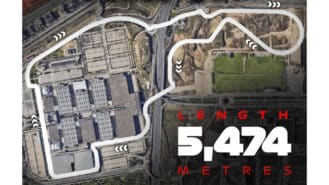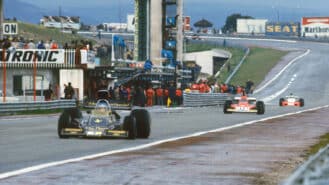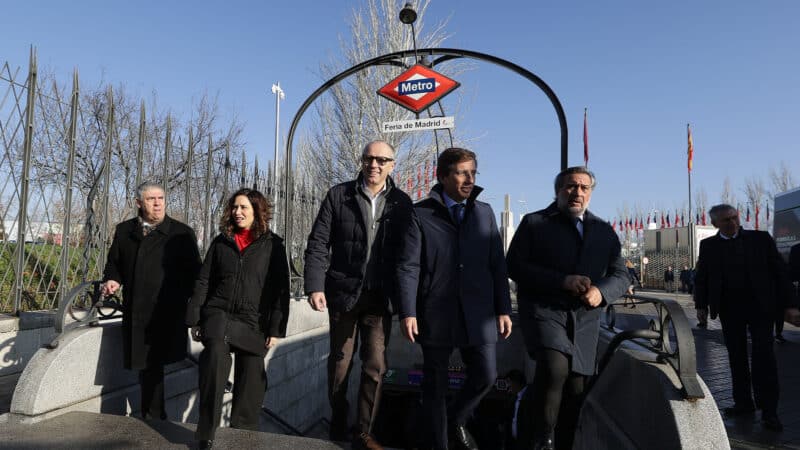On Zandvoort’s return to the world championship, Alonso pulled-off an audacious outside move to overtake two cars on the banked Turn 3 – then produced more fireworks two years later by slipping underneath George Russell as the rain came down on the opening lap. It’s these kind of moments that Zaffelli can see happening again at what would be a new home race for the Spaniard in Madrid.
“If you can make a driver experience high loads, they will have to find new ways of training [to handle the force], the cars will bottom out for the whole of the corner due to the g-force.
“None of the other modern circuits, including Zandvoort, do this. Some circuits will put the car at the limit, but not the driver.
“We look to design tracks which put human and machine on the limit, like in the original days of motor sport.”
Zaffelli picks out the parts of the circuit he thinks will be the highlights, particularly the section which could stir memories of Sitges, known as the ‘Spanish Brooklands’.
“The first part is the ‘bunker’ – going through the tunnel, then up 10 metres and it’s blind [into Turn 7],” he says.
“The second is the banking – it could be developed to be a place to see the cars, approaching 300km/h, sparking for 5-6 sec.
“The other one is when you’re coming through the second tunnel [Turns 13-17] because this is a very fast sequence in a constrained environment.
“Overtaking points will be Turn 5, 11 – the 90-degree turn after the banking – then 17 and the first corner too of course.”
